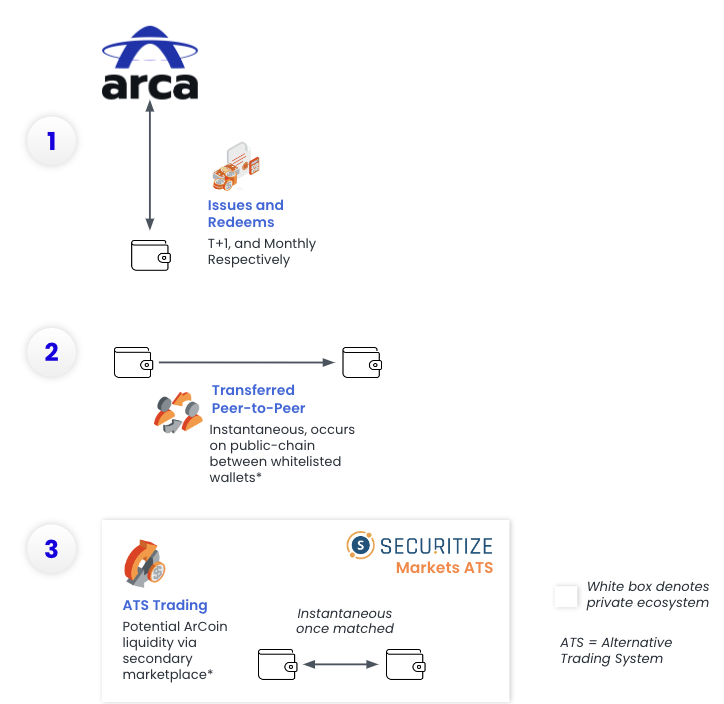Podcast Summary
The podcast episode delves into the complexities of Ethereum’s ecosystem, discussing the implications of P2P.org’s staking strategy on Miner Extractable Value (MEV) and chain stability. It also explores the importance of client diversity in Ethereum, with a focus on the dominance of Geth. The host criticizes the negative community response to teams predominantly using Geth, advocating for a more supportive approach. The episode also discusses the potential of Ethereum’s Layer 2 solutions (L2s), criticizing misuse of the term for marketing purposes. Lastly, the host shares insights into the growing Total Value Locked (TVL) and transactions per second (TPS) on L2s.
Key Takeaways
Implications of P2P.org’s Staking Strategy on MEV and Chain Stability
- MEV Extraction: The host discusses P2P.org’s decision to delay the ‘get header’ call in Ethereum slots to maximize MEV profits. This strategy could force higher bids for MEV, leading to more profits but potentially compromising chain stability.
- Centralization Concerns: The host emphasizes that unchecked MEV is a “blockchain killer” because it can lead to centralization and instability. Solving MEV issues is a complex problem that involves competing against economic incentives.
Importance of Client Diversity in Ethereum
- Client Dominance: The host points out that Geth is the most used client in Ethereum, even by teams developing other clients. This raises questions about why these teams don’t run their own clients exclusively, considering the importance of client diversity.
- Community Response: The host criticizes the negative tone in the community’s response to the dominance of Geth, suggesting that it fosters a toxic environment rather than a constructive discussion about the reasons behind the client choices.
Potential of Ethereum’s Layer 2 Solutions (L2s)
- Free Market Innovation: The host agrees with a tweet by Jesse Eckel that argues the criticism of having too many L2s misses the point. The L2 scaling strategy allows for a free market where innovators can build and compete with their visions for Ethereum’s future.
- Misuse of L2 Term: The host criticizes the misuse of the term L2 for marketing purposes, highlighting the case of Blast L2, which attracted funds for airdrop farming without any actual product or L2 infrastructure.
Growth of Total Value Locked (TVL) and Transactions Per Second (TPS) on L2s
- Increasing TVL: The host acknowledges that the increasing TVL indicates a trend of ongoing deposits and not just price appreciation, despite TVL being a sensitive metric due to its sensitivity to asset prices.
- TPS as a Measure of Activity: The host explains the challenges in normalizing TPS across different L2s due to their unique characteristics but still finds the upward trend in both TVL and TPS encouraging.
Sentiment Analysis
- Bullish: The host expresses optimism for the future of L2s, predicting cheaper costs, an influx of users and apps, and a strengthening network effect as the market heats up. This sentiment is supported by the upward trend in both TVL and TPS on L2s.
- Bearish: The host expresses concerns about the implications of P2P.org’s staking strategy on MEV and chain stability, emphasizing that unchecked MEV can lead to centralization and instability. The host also criticizes the misuse of the term L2 for marketing purposes, highlighting the case of Blast L2.
- Neutral: The host maintains a balanced view on the dominance of Geth in Ethereum, acknowledging its historical reliability while advocating for a more supportive approach to encouraging client diversity. The host also acknowledges the challenges in normalizing TPS across different L2s due to their unique characteristics.












